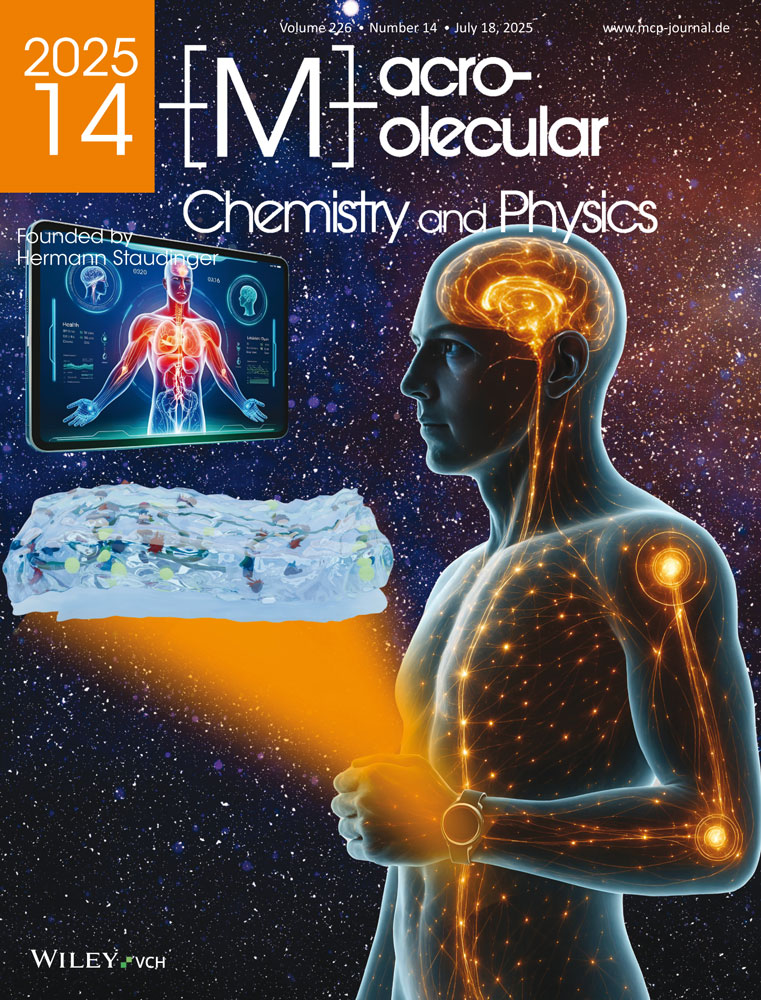Synthesis of a new biodegradable copolyesteramide: poly(L-lactic acid-co-ε-caprolactam)
Abstract
Novel copolyesteramides were synthesized by reacting L-lactic acid (LLA) with ε-caprolactam (CLM) in the presence of Fe, Sn or Zn powder as a catalyst. The molecular weight of the copolymers was 3.7 × 103 when using tin as a catalyst. For the purpose of increasing the molecular weight of the copolymer, azeotropic removal of water from the reaction mixture was performed; the molecular weight increased to 8.4 × 103. The biodegradability of the copolymers was evaluated by using a standard activated sludge. One of the copolyesteramides (mole ratio LLA/CLM = 45/55, Mn = 8.4 × 103) was degraded up to 50% after 33 d in contact with an activated sludge.




